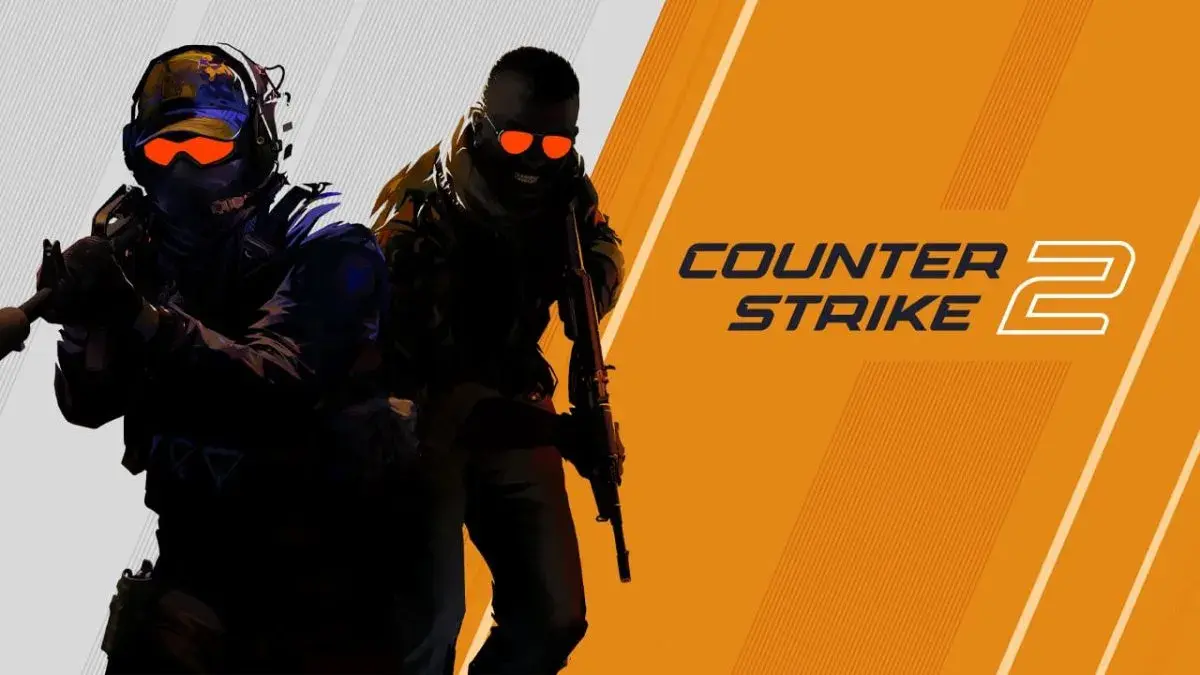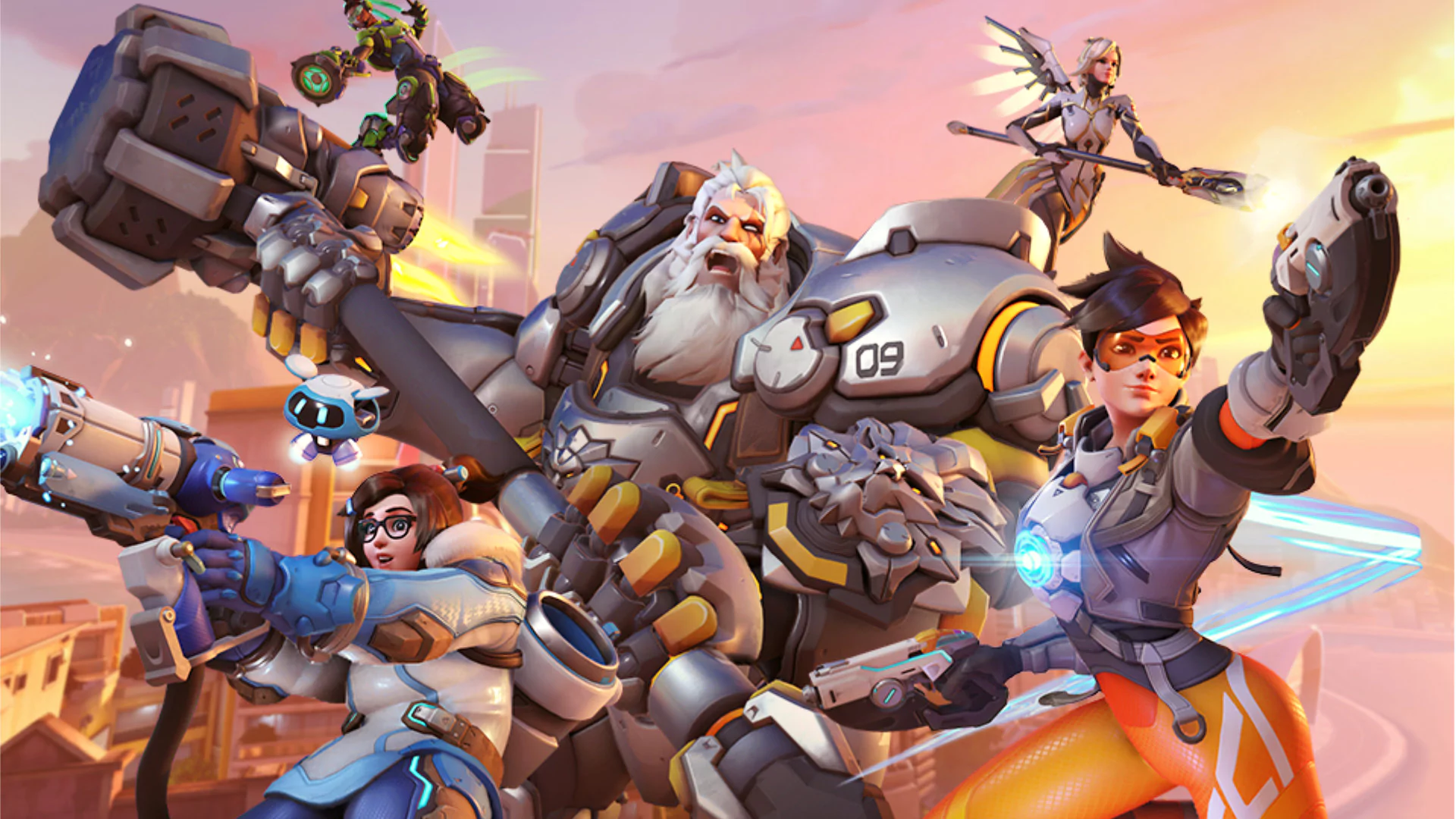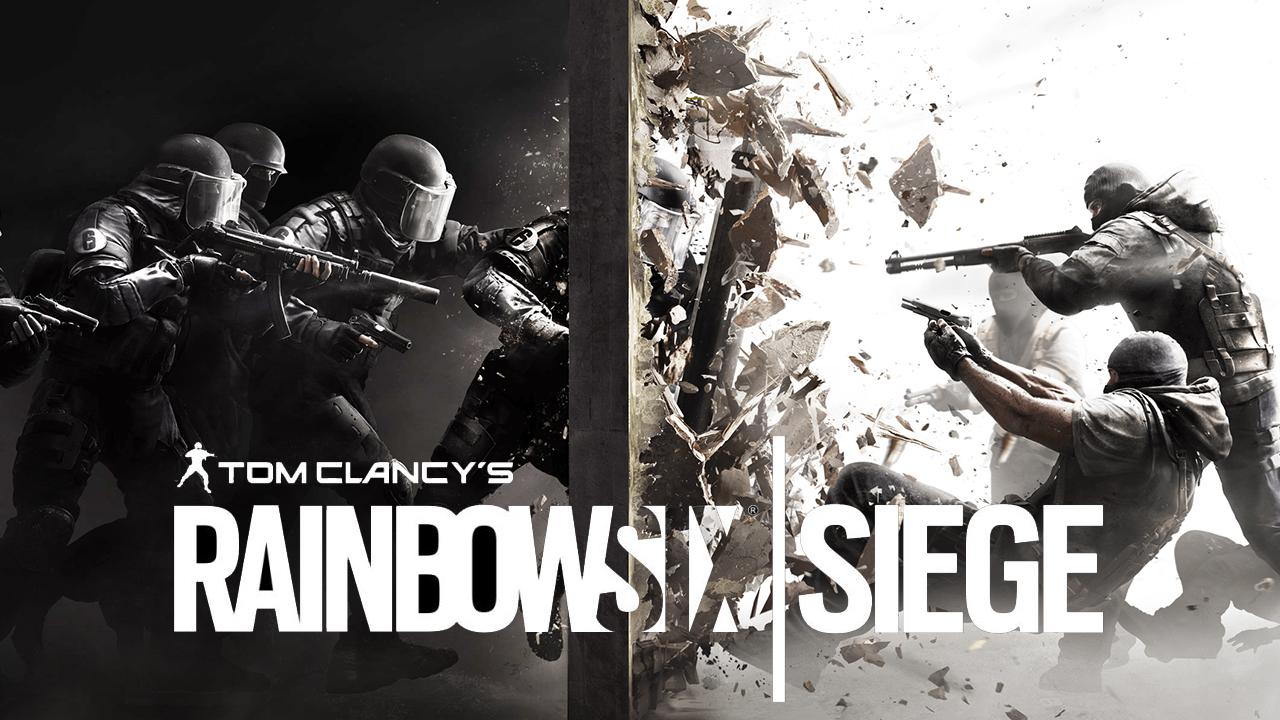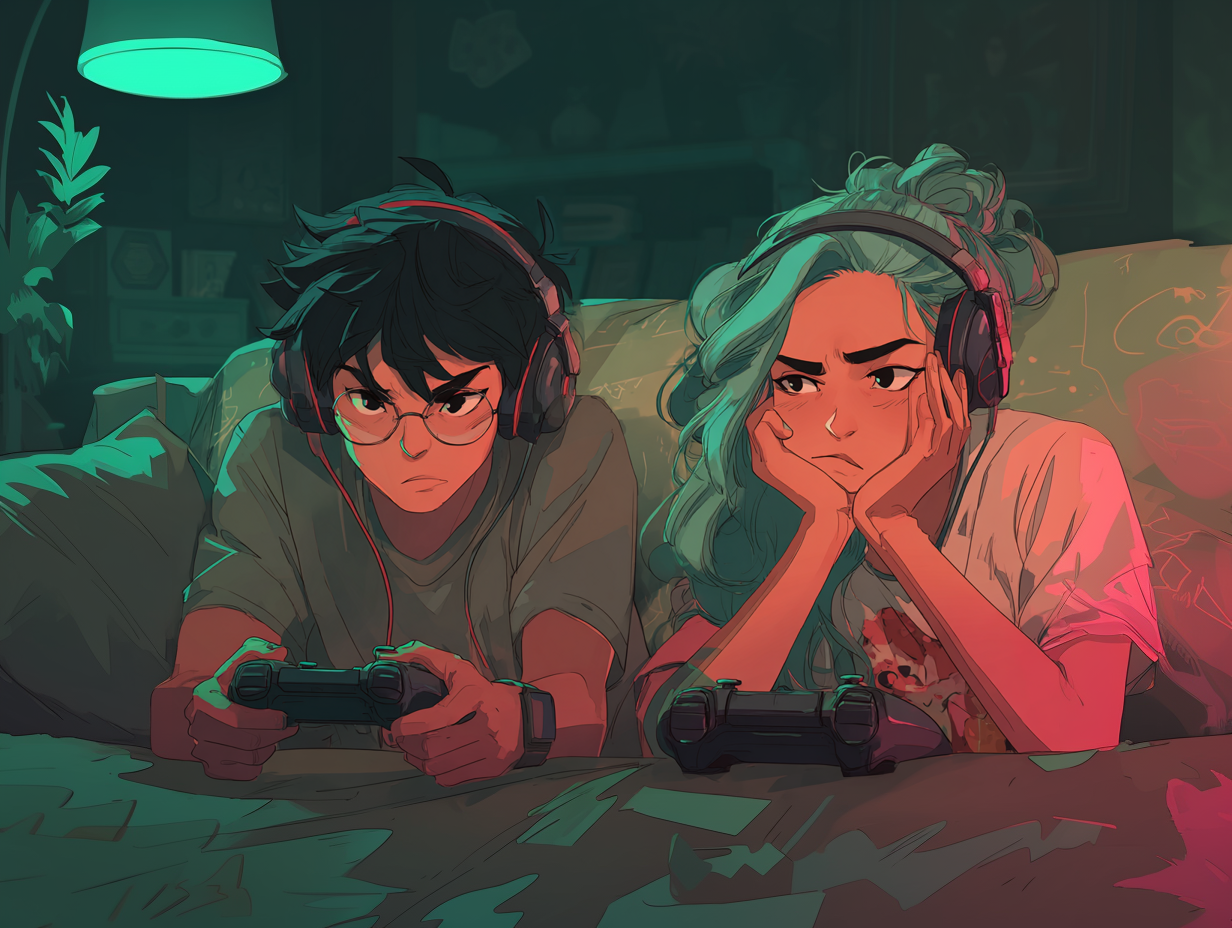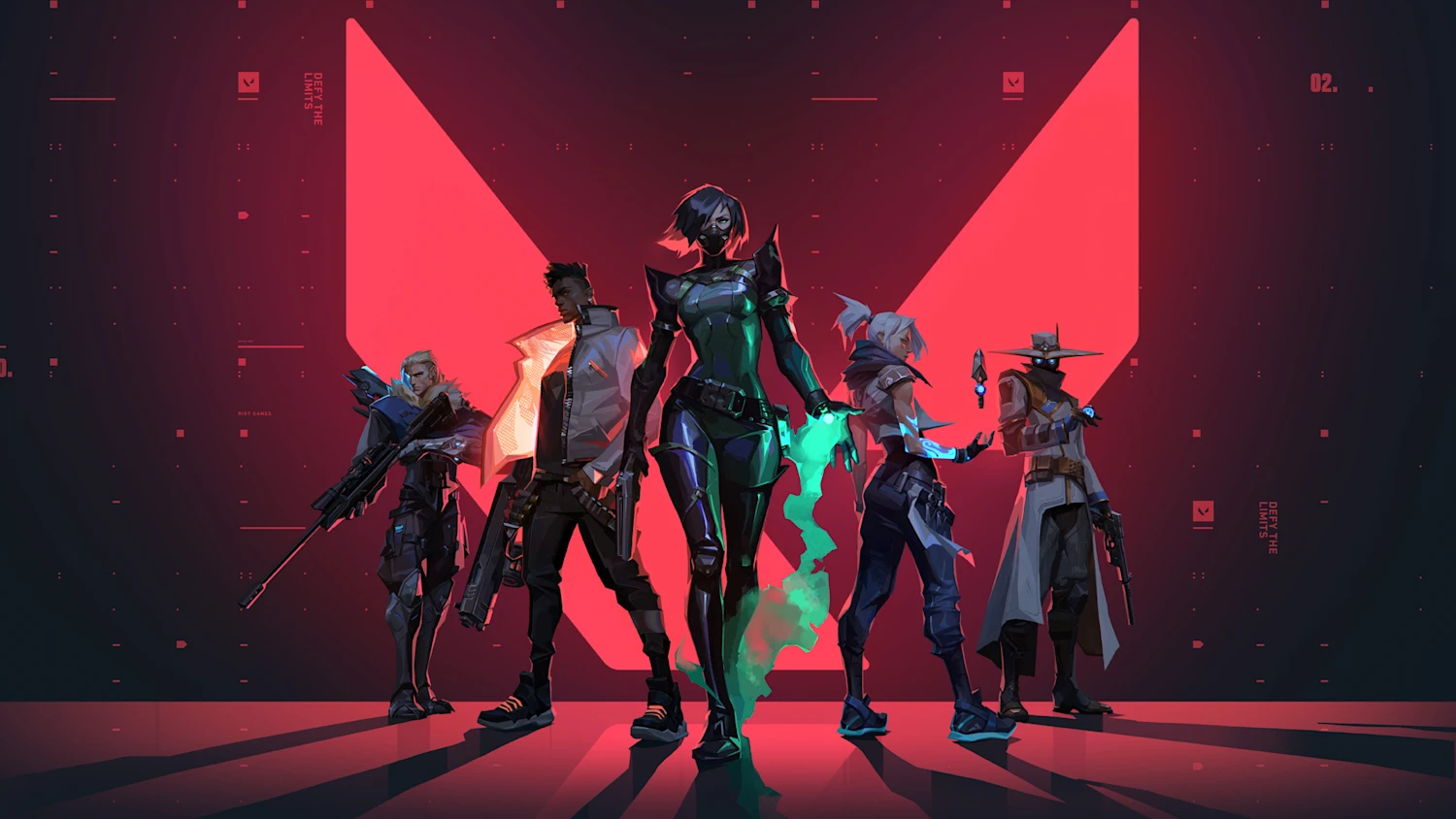Your top fragger just spent 30 rounds screaming at your bottom fragger. Your support player rage-quit after pistol round. Someone blamed "trash teammates" despite going 8-18. You close CS2 frustrated, wondering why finding decent people to play with feels impossible.
Here's the truth: toxicity in Counter-Strike 2 isn't rare—it's the default in random matchmaking. Over 60% of competitive FPS players encounter toxic behavior in most matches. But toxic teammates are avoidable if you know what warning signs to watch for and where to find positive players.
Introduction
Toxicity destroys more CS2 teams than poor aim ever could. You can train spray control and learn smoke lineups, but no practice fixes a teammate who tilts after two rounds, blames others constantly, or creates hostile environments where communication dies.
The solution isn't accepting toxicity as "just gaming culture"—it's developing a systematic vetting process that filters out toxic players before they ruin your experience. This guide covers the red flags predicting toxic behavior, green flags indicating positive teammates, practical vetting strategies, and where to find communities prioritizing non-toxic play.
While finding compatible teammates through traditional Discord LFG can be frustrating, platforms like Jynx incorporate behavioral scoring and toxicity filtering into their compatibility-based matchmaking system.
Red Flags: Warning Signs to Avoid
Learn to spot these warning signs during first interactions with potential teammates:
Immediate Red Flags (Avoid Completely)
1. Blaming Others in Introduction
- "I'm stuck in [rank] because of trash teammates"
- "I'm actually [higher rank] but teammates hold me back"
- "I always top frag but still lose"
Why it's toxic: Players who externalize all failure never take responsibility or improve. They'll blame you when things go wrong.
2. Rage Content in Profile Videos of screaming at teammates, throwing rounds, or flaming in chat advertise toxic behavior as a personality trait.
3. Excessive Stat Flexing Opening with rank brags or unsolicited good-game screenshots signals insecurity. These players tilt hard when underperforming.
4. Hostile Language from Start Slurs, aggressive language, or hostile tone in first messages show poor emotional regulation and high rage likelihood.
Subtle Red Flags (Proceed with Caution)
5. One-Role Inflexibility "I only AWP" or "I only entry" indicates ego-driven gameplay and likely tilt when they can't play their preferred role.
6. Blame Language Describing past teams as "everyone was terrible" without acknowledging personal mistakes shows lack of self-awareness.
7. Communication Extremes Either over-communicating (talks over everyone, micromanages when dead) or under-communicating (one-word responses, refuses voice) predicts team friction.
Green Flags: Signs of Positive Teammates
These indicators suggest players who'll improve your ranked experience:
Strong Green Flags
1. Accountability Language
- "I'm working on my utility because I keep forgetting lineups"
- "I whiffed that clutch, my bad"
- "I'm [rank] but trying to improve game sense"
Self-aware players who acknowledge weaknesses improve faster and don't blame teammates.
2. Team-Oriented Communication
- Asks about your preferred roles before asserting theirs
- Uses "we" instead of "I" ("We're trying to hit Global")
- Inquires about team needs ("What role do you need filled?")
3. Realistic Expectations
- Honest about skill level
- Focuses on improvement, not just rank climbing
- Acknowledges losing is part of the game
4. Positive Past Experiences Mentions what they learned from teammates or shares positive experiences instead of just complaints.
The Vetting Process: Screen Before Committing
Don't commit to long-term teams after one match. Use this systematic process:
Phase 1: Initial Contact (5 minutes)
In first Discord/LFG interaction, check:
- Clear, respectful communication?
- Asks about your preferences, not just states theirs?
- Balanced introduction (not all stats/brags)?
Red flags: Blaming language, hostility, ego flexing → Decline politely.
Phase 2: Trial Match (1 game)
Play one casual/unranked together and watch for:
- Composure during lost rounds (tilt or calm?)
- Communication quality (callouts or raging?)
- Team play (trading, utility) or stat chasing (baiting)?
- Reaction to your mistakes (supportive or critical?)
Positive experience → Schedule ranked matches. Negative → End here.
Phase 3: Ranked Trial (3-5 games)
Play several ranked matches over a week:
- Behavioral consistency or performative positivity?
- Tilt threshold (how many lost rounds before raging?)
- Adaptability (adjusts strategies or blames?)
- Communication under pressure during comebacks?
4/5 positive matches → Keep playing together. Otherwise, part ways.
This is where smart matchmaking platforms help—by analyzing personality compatibility and behavioral patterns upfront through compatibility scoring, not just mechanical skill, you can avoid wasting time on toxic players.
Where to Find Non-Toxic Communities
Not all LFG platforms are equal. Some actively combat toxicity:
S-Tier: Actively Moderated
Dedicated Non-Toxic Discord Servers Servers like "CS2 Positive Gamers" that require verification, have strict anti-toxicity rules, actively ban toxic players, and use reputation systems.
Smart Matchmaking Platforms Platforms like Jynx that incorporate behavioral scoring, toxicity filtering, trust ratings, and compatibility-based matching that surfaces non-toxic players.
A-Tier: Some Controls
Curated Communities (FACEIT Hubs, ESEA) Paid/application-based with karma systems and reporting. More serious players, but still encounter some toxicity.
B-Tier: Minimal Controls
General Gaming Discord Servers Large servers (50K+ members) with CS2 LFG channels. Large pools but zero vetting and high toxicity.
Avoid: In-Game Matchmaking & Public LFG
Reddit threads, Steam discussions, random matchmaking have highest toxicity, zero screening—complete lottery.
Ready to find your perfect gaming squad? Jynx uses swipe-based discovery to help you quickly find compatible teammates who share your values around positive communication and team-first mentality. Filter by verified rank, communication style, and behavioral ratings.
How Jynx Helps You Avoid Toxic Teammates
Traditional LFG puts the burden entirely on you to vet every potential teammate. Jynx solves this through systematic toxicity filtering:
Swipe-Based Discovery with Behavioral Scores
Browse potential teammates and see their behavioral ratings upfront before connecting. After matches through Jynx, teammates rate each other on:
- Communication quality (constructive vs raging)
- Tilt resistance (composure during losses)
- Team cooperation (utility, trading, supportive play)
- Reliability (punctuality, follow-through)
These ratings create a behavioral score that you can see before matching. Filter to only see high-rated players, eliminating toxic teammates before you waste time on them.
Trust Ratings from Past Teammates
Unlike anonymous matchmaking where you know nothing about teammates, Jynx shows:
- Overall trust rating (1-5 stars)
- Number of past teammates who rated them
- Specific feedback (communication, teamwork, tilt resistance)
Swipe through and only match with 4+ star rated players, eliminating most toxic players before messaging them.
Verified Rank Data
Through Steam API integration, see actual verified ranks and stats—no more players lying about their rank or skill level, which often correlates with toxic behavior.
Privacy-First Handle System
Jynx uses private handles (username#discriminator like Discord) preventing doxxing, allowing permanent blocking of toxic players, and keeping your personal info private until you choose to share.
Compatibility-Based Filtering
The platform specifically filters for:
- Communication style compatibility (matches calm players, filters ragers)
- Tilt resistance patterns (surfaces players with positive ratings)
- Team-first mentality (prioritizes supportive feedback history)
Conclusion
Finding non-toxic CS2 teammates isn't about luck—it's about systematic vetting, choosing the right communities, and using tools that filter for behavioral compatibility upfront. Red flags like blaming others and rage clips predict toxic behavior accurately. Green flags like accountability and team-oriented communication indicate enjoyable teammates.
The traditional approach of hoping for the best and dealing with toxicity as it comes is outdated. Modern matchmaking with behavioral scoring, trust ratings, and toxicity filtering through compatibility systems saves dozens of hours of frustrating matches.
Life's too short to game with people who make you miserable. Implement these vetting strategies, seek communities that combat toxicity, and watch how much more you enjoy CS2 when teammates are actually teammates—not enemies with friendly fire disabled.
Download Jynx today and find perfect CS2 teammates in minutes through swipe-based discovery. Match with players who share your rank, playstyle, and values around positive, toxic-free gaming—all verified through official Steam APIs and behavioral ratings.
Frequently Asked Questions
Should I give toxic players a second chance?
One bad match can happen to anyone. But if someone shows multiple red flags or toxic behavior across 2+ matches, don't waste time hoping they'll change. Find positive players instead.
How do I politely decline without drama?
"Thanks for the games, but our playstyles don't mesh well. Good luck climbing!" You don't owe elaborate explanations. Poor reactions to polite declines confirm you made the right choice.
Is removing underperforming players toxic?
It depends. Removing someone purely for low K/D is unfair—support players frag less naturally. But removing someone not improving despite practice, unreliable, or non-communicative is reasonable. Be honest and respectful.
Can toxic players actually change?
Yes, but only if they genuinely want to and actively work on it. Behavioral change requires self-awareness, effort, and often professional help. Don't assume you can "fix" toxic teammates—they must fix themselves.
What if all my friends are toxic?
Three options: (1) Accept the toxic environment's impact on your enjoyment, (2) Set boundaries hoping they'll respect them, or (3) Find new teammates for ranked while keeping friends for casual play. Option 3 is often healthiest—casual with friends, competitive with positive teammates.
